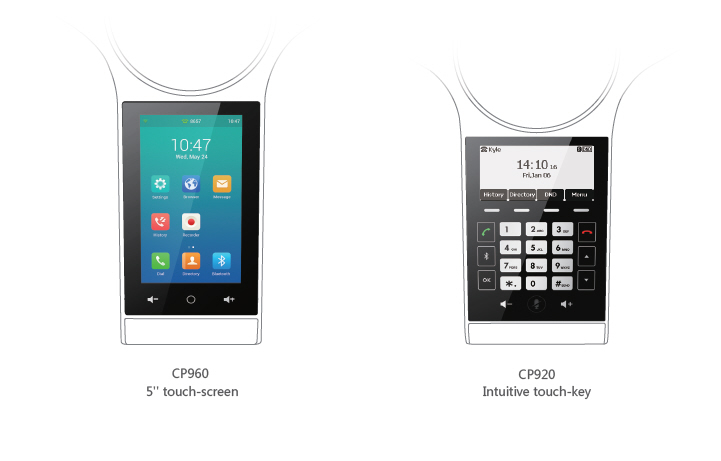In today’s fast-paced, technology-driven world, communication methods are evolving rapidly. Businesses of all sizes are seeking ways to cut costs while enhancing connectivity and productivity. One of the most significant debates in this landscape is the comparison between Voice over Internet Protocol (VoIP) phone services and traditional landline phones.
This article delves deep into VoIP vs. Traditional Phones: A Cost Comparison You Can’t Ignore, exploring the nuances of both systems, their financial implications, and a thorough analysis of their features, benefits, and drawbacks.
Understanding VoIP Phone Service
What is VoIP?
Voice over Internet Protocol (VoIP) is a technology that enables voice communications and multimedia sessions over Internet Protocol (IP) networks, primarily the internet. Unlike traditional phone systems that rely on circuit-switched technology, VoIP converts voice into digital packets that can be transmitted over existing internet infrastructure.
How Does VoIP Work?
The process begins when you speak into a microphone connected to your computer or a specialized VoIP phone. Your voice is converted into data packets, sent through the internet Business Phone Service to the recipient's device, where it's converted back into sound.
Types of VoIP Services
Hosted VoIP: Managed by third-party providers; users pay monthly fees. On-Premises VoIP: Requires users to maintain their own hardware. Mobile VoIP: Applications like Skype or WhatsApp use mobile data for calls.Traditional Phone Systems Explained
What Are Traditional Phones?
Traditional phones refer to landline systems that utilize Public Switched Telephone Network (PSTN). These systems have been the gold standard for decades but face challenges in the modern digital world.
PSTN Technology Insights
PSTN uses a network of copper wires and telephone exchanges to connect calls. While reliable, it lacks flexibility compared to modern alternatives like VoIP.
Key Features of Traditional Phones
- Dependable service Simple installation No reliance on internet connection
VoIP vs. Traditional Phones: Key Differences
Cost Structure Comparison
One major aspect when weighing these two options is cost. Let’s break down how each system impacts your budget:
Initial Setup Costs
- VoIP: Lower initial investments; often requires just an internet connection. Traditional: Higher setup costs due to wiring and equipment.
Monthly Fees
- VoIP: Typically lower monthly rates; many plans offer unlimited calling. Traditional: Monthly fees tend to be higher with additional charges for long-distance calls.
Service Quality and Reliability
Call Quality Analysis
- VoIP: Dependent on internet speed; high-quality connections if bandwidth is sufficient. Traditional: Generally more reliable as it does not depend on internet connectivity.
Downtime Risks
- Both systems can experience downtime, but traditional phones may offer better reliability during power outages unless they’re paired with backup power sources.
Features That Matter in Business Communication
Advanced Features Offered by VoIP
Call forwarding Video conferencing Automated attendants Integration with CRM softwareStandard Features of Traditional Phones
Basic call handling Caller ID Call waitingScalability: Adapting to Business Needs
Scaling with VoIP
With its cloud-based nature, adding new lines or features in a VoIP system can often be done with minimal effort and cost.
Challenges in Scaling Traditional Phone Systems
Adding lines often requires physical installation work and potential disruptions in service.
The Hidden Costs: What You Need to Know
Maintenance Expenses for Both Systems
While VoIP typically requires less maintenance due to its hosted nature, traditional systems can incur significant repair costs over time because of aging infrastructure.
Training Requirements for Staff
VoIP may require initial training for employees unfamiliar with new technologies versus traditional phones which are generally user-friendly but lack advanced features.
Frequently Asked Questions (FAQs)
1. What is the primary benefit of using a VoIP phone service?
The primary benefit lies in cost savings along with enhanced features that improve communication efficiency within businesses.
2. Can I use my existing phone number with a VoIP service?
Yes! Many providers allow you to port your existing number when switching to their service.
3. Is it possible to use VoIP without an internet connection?
No, since it relies on an active internet connection for functioning properly.
4. How secure are VoIP calls compared to traditional ones?
While both have vulnerabilities, secure encryption protocols can enhance the security of VoIP calls significantly more than traditional lines do inherently provide.
5. What happens during power outages when using a VoIP system?
Without battery backup or alternative power sources, you would lose service during a power outage unlike traditional phones which might still work depending on the setup.
6. Are there any hidden fees associated with traditional phone services?
Yes! Users often face additional charges such as activation fees, maintenance fees, and various surcharges not typically found with VoIP services.
Conclusion: Making an Informed Choice
In conclusion, choosing between VoIP phone services and traditional telephone systems ultimately depends on your specific needs—be it cost savings, advanced functionalities, or reliability concerns during emergencies like power outages. However, if you're looking at long-term savings alongside cutting-edge features aimed at enhancing productivity and operational efficiency—VoIP stands out as a clear winner in this comprehensive analysis of "VoIP vs. Traditional Phones: A Cost Comparison You Can’t Ignore."
Both options have their pros and cons; however, as technology continues advancing at breakneck speed—the trend leans heavily VOIP business phone system toward adopting modern solutions like VoIP that promise flexibility and (most importantly) savings without sacrificing quality or performance!
By considering factors such as cost structure, call quality reliability, scalability options for future growth needs—companies can make informed decisions that align best with their operational goals while staying ahead in today's competitive landscape!
